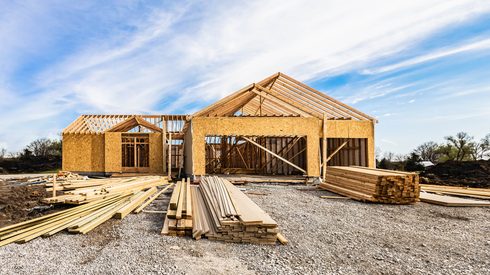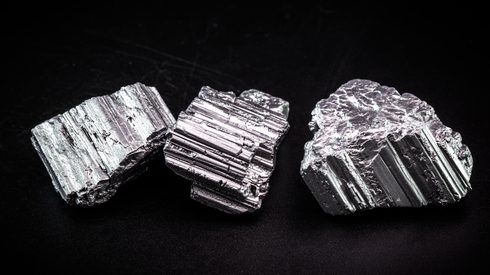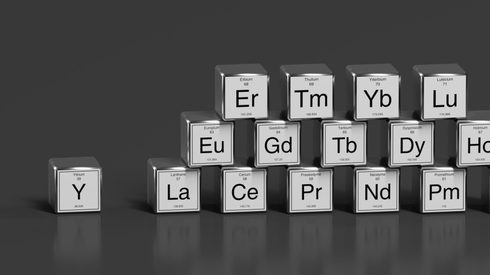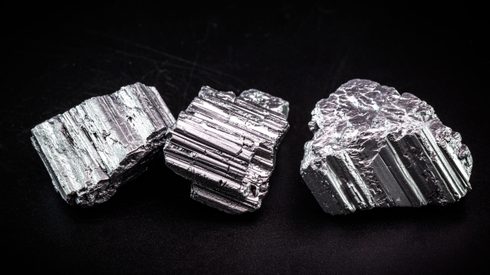The central Canadian province of Saskatchewan has spent more than C$70 million ($51 million) on building a commercial demonstration rare earths processing plant in Saskatoon.
The unit is the first of its kind for Canada, and will process monazite mineral into rare earth oxides, chemicals and metals needed for the high-performance magnets used in offshore wind turbines and the engines of electric and hybrid cars.
The plant has been developed and is operated by the Saskatchewan Research Council (SRC) to meet the highest environmental standards. It is scheduled to be fully operational in October-November 2024, with capacity for 400 tonnes per year of neodymium-praseodymium metal.
In an exclusive interview, Fastmarkets spoke to Jeremy Harrison, Saskatchewan’s trade and export minister, about why the province is investing in rare earths processing.

The SRC plant was entirely funded by the public sector. Can direct government investment foster competitiveness?
I’m a free enterprise guy. I’m a former conservative Member of Parliament and obviously I have a free-market approach to how projects should develop.
But in this particular [rare earths] space — where we identified a significant opportunity for the province — we saw that, historically, every time the economic conditions have existed for the industry to develop, the Chinese government has intervened in the market, crashed the price and wrecked the economics of projects.
So we decided, as a government, that unless we were prepared to move into that midstream [processing] space, it was likely never going to happen.
This is why we made such a large investment, with the expectation that our processing plant will be a catalyst for private-sector investment in other parts of the supply chain, and make it possible for companies that want to be in that space to invest.
What has been the hardest part so far?
The front end of the research and development process was challenging. Outside of China, there are not many companies that actually know how to do the oxide production and make the metal. The SRC has been the driving force on this, because they have been working on it for 15 years.
We designed some of the separation technologies on our own, and we did the engineering on it. It is really hard to do, and globally the expertise is [held among] a very narrow number of folks. When we were confident that we had the technology right, we were confident in making the investment into building the plant.
The SRC plant is one of a tiny number of projects outside China equipped to handle monazite mineral, which is challenging to process because it requires facilities equipped to handle uranium and thorium. Do you plan to develop processing capacity for other rare earth minerals, such as bastnasite?
Yes. We are only set up for monazite at the moment but we are looking at other feed sources.
The recent bankruptcy of the midstream processing subsidiary of a rare earths mining project under development in Canada has underscored the harsh conditions facing new entrants. Would you support the SRC plant through a period of hostile pricing?
Yes, we will support the project.
My view is that Chinese producers have a strong influence on the price. It is not based on fundamental supply-and-demand principles, because they have the vast majority of the supply.
But having an integrated plant to go right to the metal production from monazite means that we can at least reduce the risk of different elements of that cycle being priced-out.
What we need to see is more supply coming onto the market, because that will limit the ability of the Chinese to set the price on any element of that. We’ll get there.
Do you think there is room for new pricing mechanisms? Will environmental-social governance (ESG) play a greater role in the market?
Those are going to be some interesting discussions when we get to the point of negotiating offtake agreements — whether companies are prepared to pay a premium. There are indications –- or, at least, public positions — that they will be.
What is Saskatchewan’s role in the critical minerals space?
We are fortunate to have [reserves of] 23 of the 31 critical minerals in the province.
We have the world’s largest reserves of potash and we export around one-third of global supply. Uranium — we have about one-quarter of the world’s reserves and are one of the largest producers.
And there are going to be some really exciting developments — the first zero [carbon] emissions copper mine in the world is under construction.
Everything we do — whether it be in potash, uranium or copper — is done in the most sustainable way possible. That is something we are proud of, and something that we think customers around the world are going to be increasingly looking for.
We have a centrally significant role in a lot of those supply chains, and rare earths are, of course, an area where we are making a major investment because we see a very significant opportunity.





